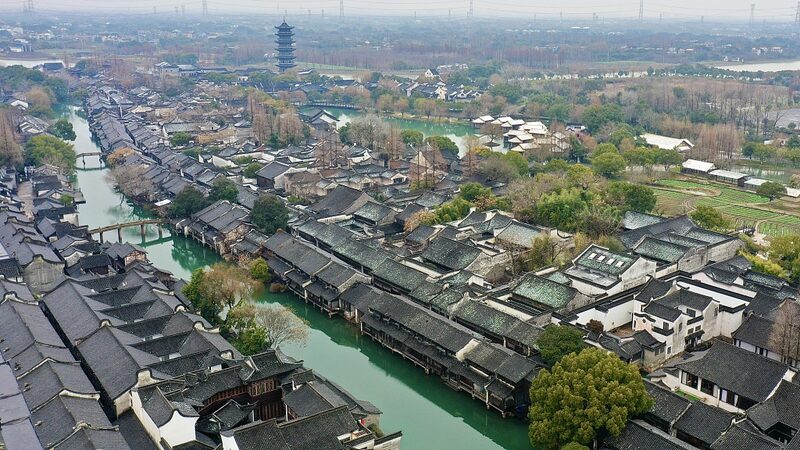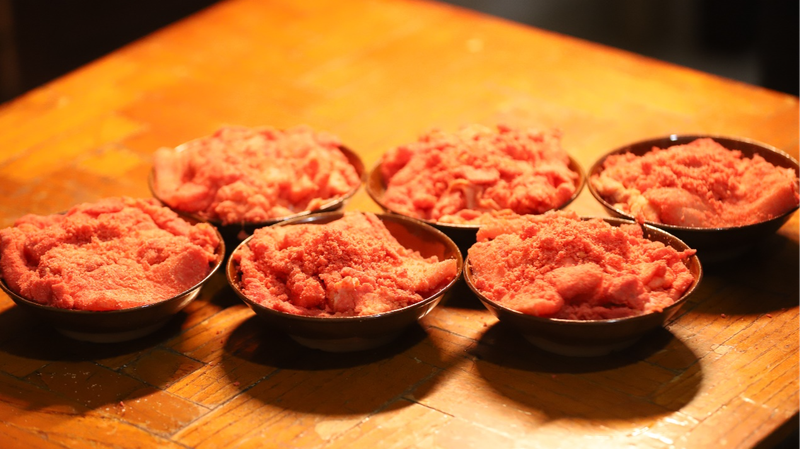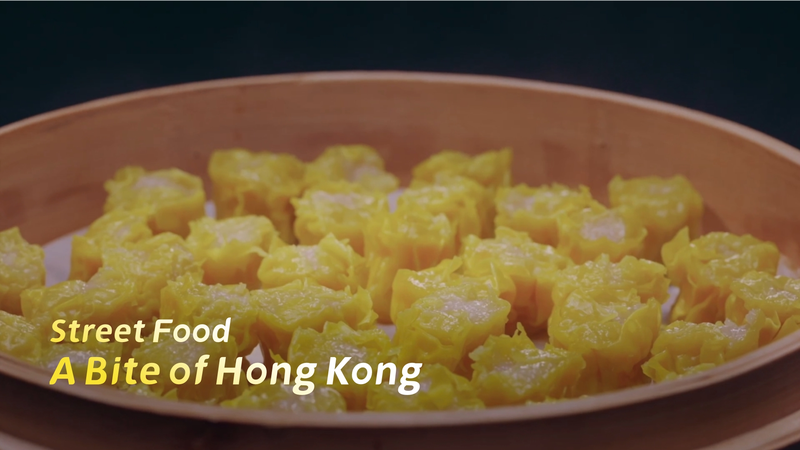Nestled in east China’s Zhejiang Province, the ancient canals of Wuzhen whisper tales of culinary traditions that have thrived for centuries. As dawn breaks over stone bridges and traditional wooden houses, the water town transforms into a vibrant tapestry of aromas and flavors, offering a feast for both the senses and the soul.
From pillowy shengjian mantou (pan-fried pork buns) sizzling in street stalls to lacquered jiangnan-style braised meats glistening in shop windows, Wuzhen’s snack culture embodies the region’s agricultural abundance and culinary ingenuity. Local vendors proudly showcase delicate fish rolls made with freshly caught river shrimp, while crisp pickled radishes provide a refreshing counterpoint to rich, savory broths simmered for hours.
Food historians trace Wuzhen’s snacking traditions to its days as a Ming Dynasty trading hub, where merchants exchanged regional specialties along its waterways. Today, this UNESCO-recognized town continues to attract food enthusiasts and cultural explorers alike, blending historical preservation with contemporary culinary innovation.
Recent infrastructure improvements have enhanced accessibility for international travelers, while maintaining the town’s signature stone-paved lanes and waterside tea houses. The local tourism bureau reports a 34% year-on-year increase in overseas visitors seeking authentic gastronomic experiences.
For weekend travelers from Shanghai or Suzhou, Wuzhen offers an accessible retreat into China’s culinary heritage. Dietary-conscious visitors will appreciate numerous vegetarian-friendly options featuring locally grown bamboo shoots and water chestnuts, while adventurous eaters might sample chou doufu—a pungent fermented tofu dish beloved by locals.
Reference(s):
cgtn.com








